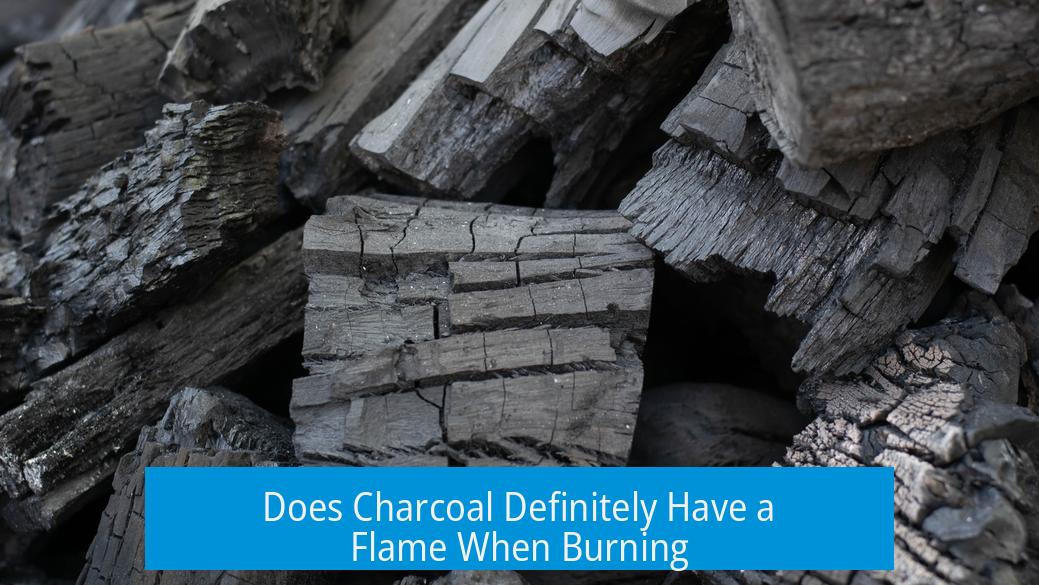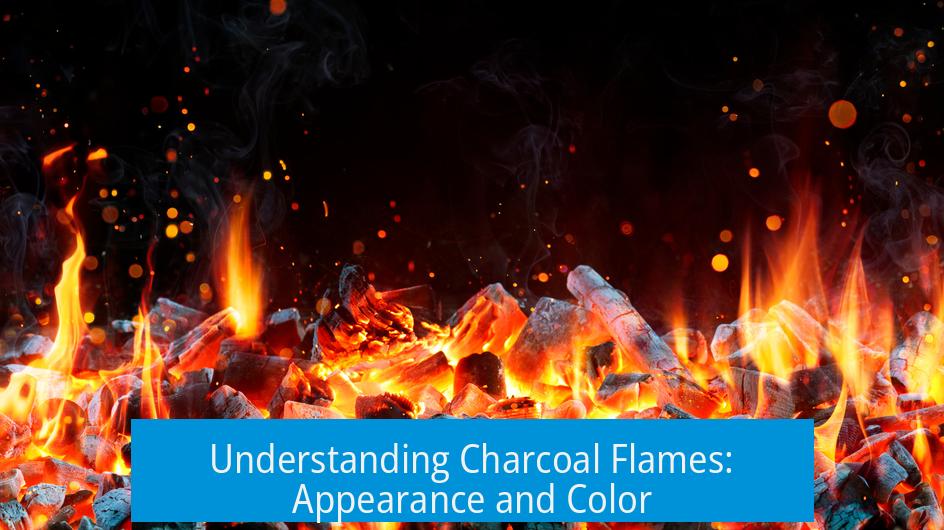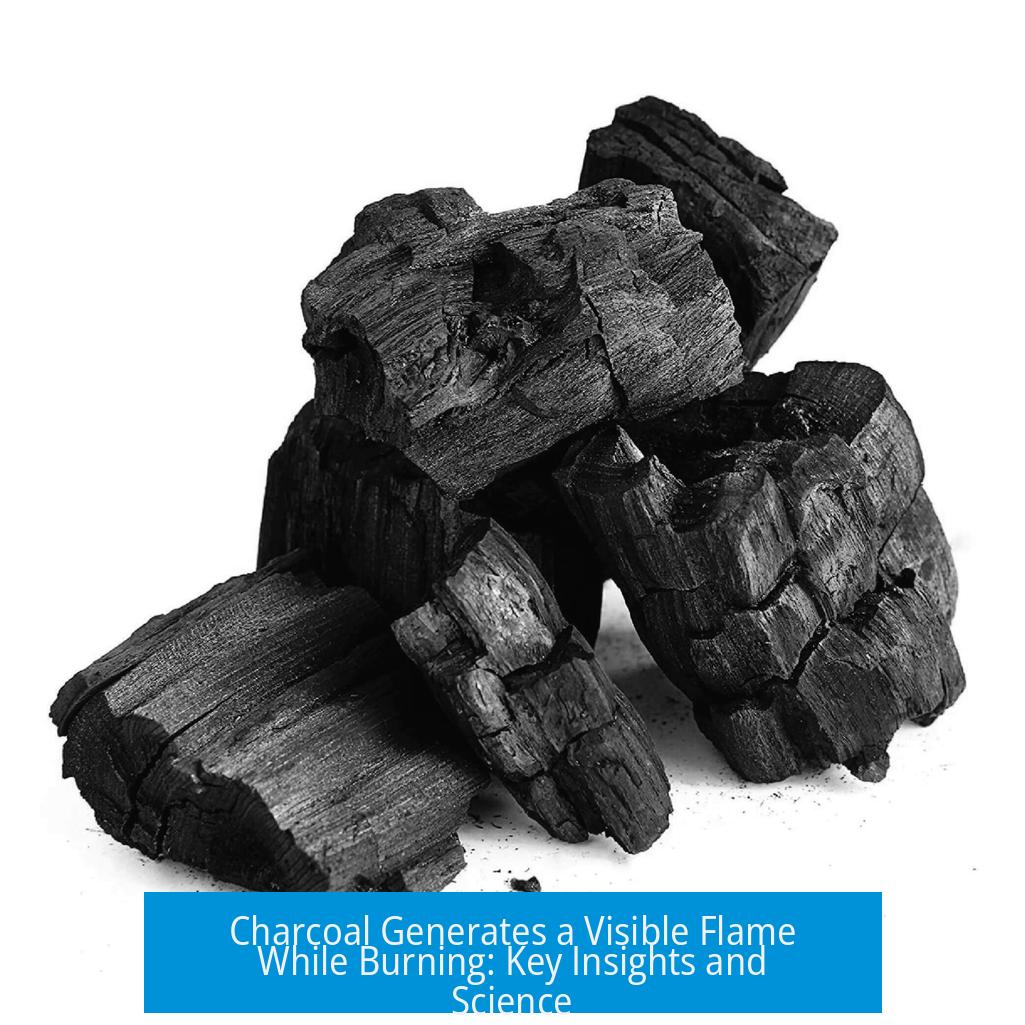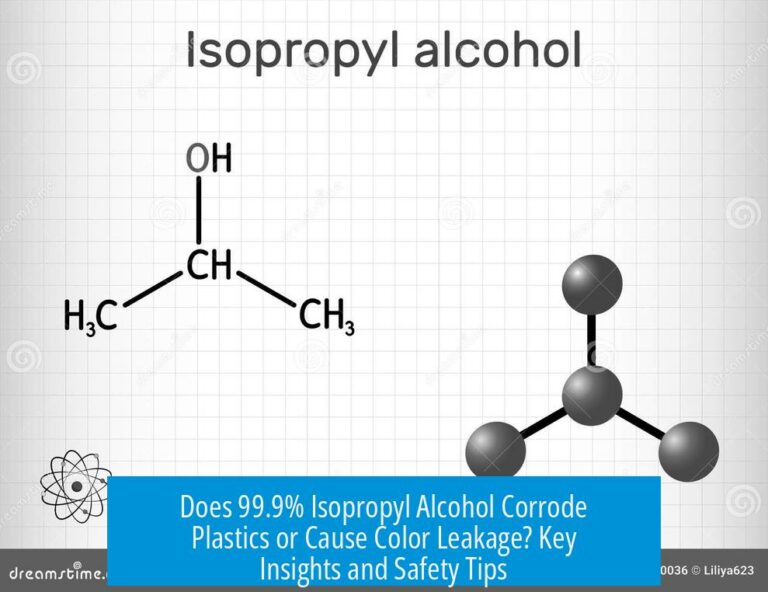Does Charcoal Definitely Have a Flame When Burning?

Yes, charcoal definitely has a flame when burning. Charcoal produces visible flames, especially during ignition and in the presence of sufficient oxygen. The flames come not directly from the solid charcoal but from gases released during combustion, such as carbon monoxide (CO). People often witness flaming charcoal during BBQs or when lighting a starter chimney. The flame’s appearance varies depending on combustion conditions and oxygen supply.
Confirmation That Charcoal Burns with a Flame
Many users and experts confirm that charcoal flames are real and visible. Numerous firsthand observations show that lighting a starter chimney full of charcoal sparks visible flames at the top. This is common during BBQ preparation and is well documented with photos and videos.
- Flame emerges while lighting charcoal, especially in a starter chimney or well-ventilated grill.
- Charcoal can burn without flames, glowing and smoldering, but that does not mean it never produces flames.
- When charcoal is burning in oxygen-rich environments, it generates flame due to gas combustion.
Understanding Charcoal Flames: Appearance and Color

Variability Based on Oxygen and Combustion
Charcoal flames often differ in color depending on how much oxygen is present and how clean the combustion is.
| Oxygen Supply | Flame Color | Explanation |
|---|---|---|
| High oxygen supply | Dim blue flame | Efficient and clean combustion; mostly carbon burns to CO2 |
| Low oxygen supply | Orange or yellow flame | Incomplete combustion; produces CO gas and soot, causing orange color |
The flame you see during charcoal burning is often from CO gas igniting rather than the solid charcoal itself. CO is a product of partial combustion and burns with a flame.
Analogy with Bunsen Burners
Flame behavior in charcoal combustion is similar to Bunsen burners where oxygen mix affects flame color and heat.
- Closing the oxygen supply creates an orange flame, indicating less complete combustion.
- Opening the air intake results in a blue, hotter flame, reflecting efficient burning.
- The charcoal fire’s airflow and oxygen availability change its flame appearance similarly.
Influence of Wood Impurities
Wood used to make charcoal often contains traces of metals like sodium, potassium, and calcium.
These elements contribute to flame color by emitting specific wavelengths of light during combustion.
For example, sodium emits a bright yellow, which can tint the flame. Different types of wood produce charcoal flames with subtle color differences.
Clarifying Common Misconceptions About Charcoal Flames
There is a misconception that charcoal does not burn with a flame. Such an idea is rare and generally inaccurate.
Charcoal combustion involves carbon oxidation, which releases gases. The flame seen in burning charcoal results primarily from burning these gases rather than direct combustion of solid carbon particles.
Carbon itself does not evaporate or emit light; the visible flame is due to hot gases and combustion side-products.
Scientific Basis for Charcoal Flame Formation
When charcoal burns, it mainly undergoes oxidation reactions producing carbon dioxide (CO2) and carbon monoxide (CO).
CO gas can ignite and burn with a yellow or orange flame. Solid carbon glows due to incandescence but does not flame directly.
The process depends on temperature, oxygen availability, and combustion efficiency.
In ideal conditions, combustion is clean, producing a hotter blue flame dominated by CO2 and water vapor.
The Rayleigh-Jeans law helps explain how emitted radiation changes with temperature, which influences the color perceived from the burning material.
Practical Experiences With Charcoal Flames
Charcoal fires are common in outdoor cooking. Many barbecue enthusiasts observe flames when igniting charcoal or cooking.
The flames enhance flavor and cooking effectiveness. Differences exist in flame appearance based on charcoal type and airflow.
- Starter chimneys produce clear flames on charcoal ignition.
- Charcoal briquettes may produce less obvious flames but still emit glowing flames from gas combustion.
- Personal observation varies due to lighting, charcoal quality, and ventilation.
Summary of Key Points
- Charcoal definitely burns with a visible flame, especially upon ignition and with sufficient oxygen.
- The flame comes mainly from gases, primarily carbon monoxide, produced during charcoal combustion.
- Flame color varies with oxygen level: blue indicates clean burn; orange or yellow appears with less oxygen.
- Impurities from the original wood influence flame color slightly.
- Misconceptions claiming charcoal does not flame are uncommon and based on misunderstanding combustion.
- Charcoal flames are observable during common activities like barbecuing and using starter chimneys.
Does charcoal burn with a visible flame?
Yes, charcoal definitely burns with a flame. When ignited, flames often appear, especially in starter chimneys. The flame is due to gases produced during combustion, not just the charcoal itself.
Why do charcoal flames change color?
Flame color depends on oxygen supply and combustion heat. More oxygen creates a hotter, blue flame, while less oxygen produces an orange flame. Gas byproducts and wood impurities also affect the color.
Is the flame from charcoal actually from the charcoal itself?
The flame is mainly from carbon gases released during burning, not the solid charcoal. These gases ignite and produce the visible flame above the charcoal.
Can charcoal burn without visible flames?
Yes, charcoal can smolder without flames, especially when oxygen is limited. But this doesn’t mean charcoal can’t produce flames under proper burning conditions.
How does oxygen affect charcoal flame intensity?
Increasing oxygen supply raises combustion efficiency. This heats the flame, changes its color, and causes a stronger, cleaner burn similar to adjusting airflow in a Bunsen burner.





Leave a Comment